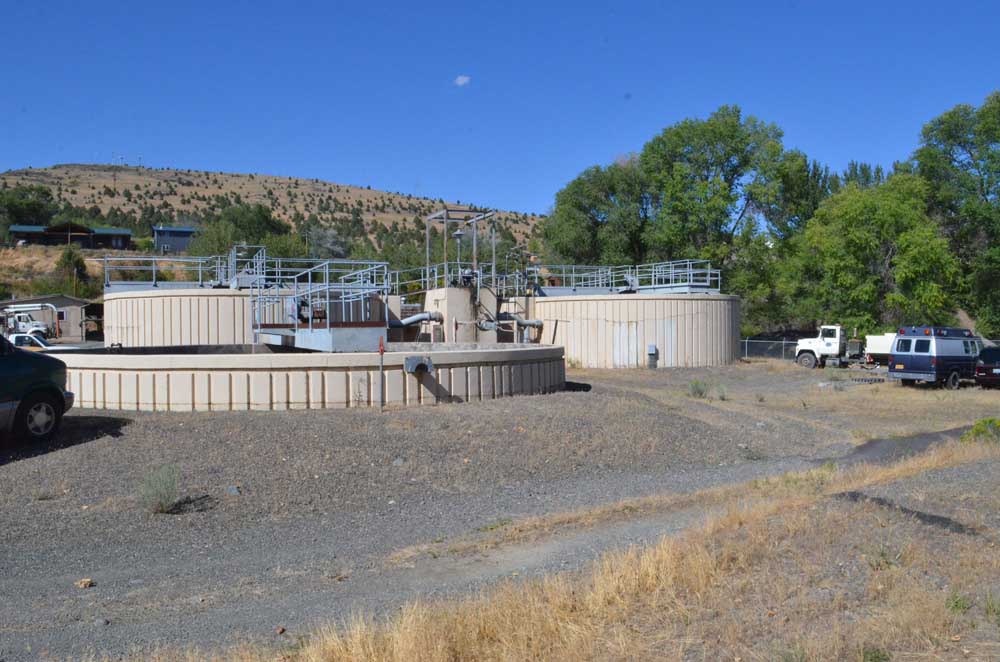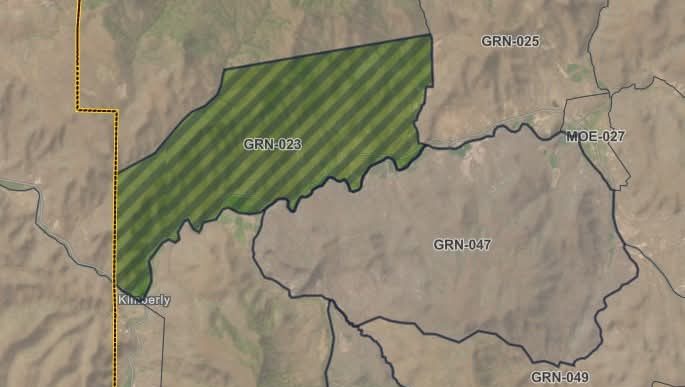Join us in making public lands healthier
Published 2:58 pm Tuesday, August 30, 2016
To the Editor:
Trending
Eastern Oregon has received more than its fair share of negative press during the past year. This includes the Oregonian series “Burned,” which recounts the 2015 Canyon Creek fire. Well intended, this series nevertheless misrepresents key aspects about how the fire was handled by minimizing the larger, region-wide pull on firefighting resources and ignoring the real, practical decision-making context in which sound judgment and solid effort in a complex and dynamic situation can go sideways in a heartbeat.
Unfortunately, the thrust of the Oregonian article suggests that flawed suppression tactics were responsible for the disaster, which implies that fixing flawed suppression tactics will avoid another disaster. Not so. What requires fixing is forest conditions across the Blue Mountains.
It has taken decades of past management practices, informed by a variety of social interests and values, to create the hazardous conditions that preceded the Canyon Creek fire. And it will take decades more to restore the Malheur National Forest to a resilient condition that better withstands wildfire and other natural disturbances. In many places, this means thoughtful timber harvest or fuels reduction treatments followed by prescribed fire.
Trending
Indeed, a Fuels Treatment Effectiveness Assessment prepared by the Forest Service after the Canyon Creek fire indicates that where these treatments occurred pre-fire, the wildfire functioned in a more natural way by dropping to the ground, consuming small fuels and sparing large trees. However, where these treatments did not occur in tandem and weather conditions became so hot, dry and windy that literally nothing could have stopped the fire, the results of the Canyon Creek fire were indeed tragic.
These facts tell us the pace and scale of science-based, large landscape forest work across the Blue Mountains must increase considerably. The Malheur National Forest, Blue Mountains Forest Partners and other community members are undertaking this effort. We invite you to join us in making our public lands healthier and communities stronger.
Mark Webb
Executive Director
Blue Mountains Forest Partners









